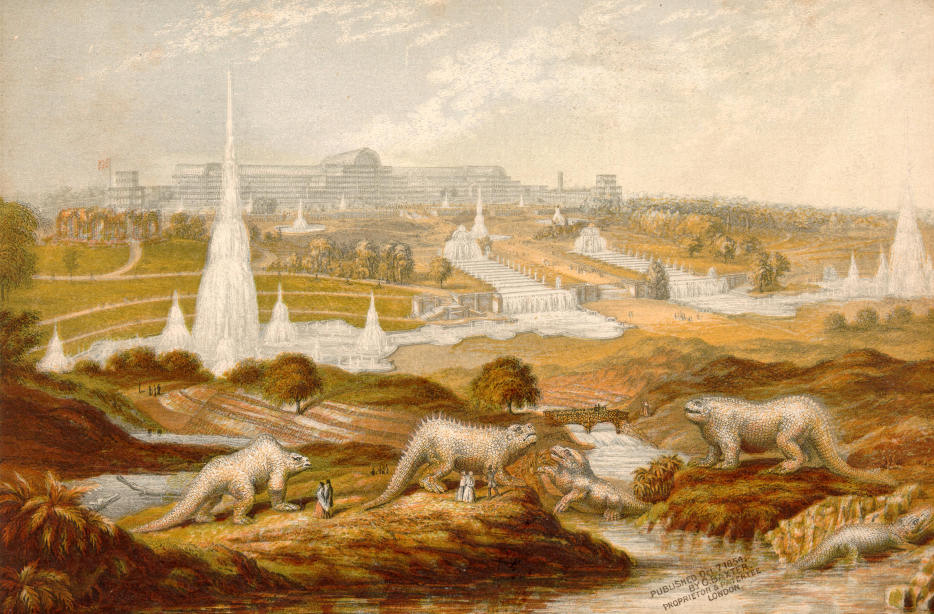
The feathers date to the end of the Cretaceous, about 85 to 70 million years ago. At that time, the forerunners of birds were well on their way to taking wing; dinosaurs like Epidexipteryx and Limosaurus, discovered in China in the last decade and dating to approximately 160 million years ago, possess relatively bird-like bone structures and hints of what might have been feathers.
Those hints have been interpreted -- and given life in eye-popping artist renditions -- as feathers, an interpretation that was plausible but still inconclusive.
But the latest fossils, found in Alberta and described Sept. 16 in Science, leave little doubt. The age of dinosaurs was a feathery one.
"These lovely specimens of significantly older, smaller dinosaurs from China have got some sort of covering about them. But you can't tell if it's hair or feathers because the fossils have undergone the ravages of time," said paleontologist Alex Wolfe of the University of Alberta, a co-author of the new study. "Those fossils don't preserve the kind of detail that we have in amber, which doesn't fossilize but entombs an object."
On the following pages, Wired.com looks at the new trove of feathers.
Above:
Feathers in Amber
Image: McKellar et al./Science
See Also:
- Dinosaur Fossil Reveals True Feather Colors
- Four-Winged Fossil Bridges Bird-Dinosaur Gap
- Paleontologists Find Dinosaur Protofeather
- Fancy Feathers Predated Flight in Dinosaur-Bird Hybrid
- Feathered Dinosaurs Molted Like Birds
- Archaeopteryx Knocked From Roost as Original Bird
Citations: “A Diverse Assemblage of Late Cretaceous Dinosaur and Bird Feathers from Canadian Amber.†By Ryan C. McKellar, Brian D. E. Chatterton, Alexander P. Wolfe, Philip J. Currie. Science, Vol. 333 Issue 6049, September 16, 2011.
“Fossilized Feathers.†By Mark A. Norell. Science, Vol. 333 Issue 6049, September 16, 2011.
















 Truth: the kids in the neighborhood will be unimpressed by your shiny new Corolla, even if it takes 4 years of monthly payments for you to actually own it. So buy something cool instead. Standing 13 feet tall and spreading 25 feet long, this animated T-Rex features 6 deadly-skeleton-like movements along with a roar that will force Ben Stiller into early retirement. Just check out the video:
Truth: the kids in the neighborhood will be unimpressed by your shiny new Corolla, even if it takes 4 years of monthly payments for you to actually own it. So buy something cool instead. Standing 13 feet tall and spreading 25 feet long, this animated T-Rex features 6 deadly-skeleton-like movements along with a roar that will force Ben Stiller into early retirement. Just check out the video: